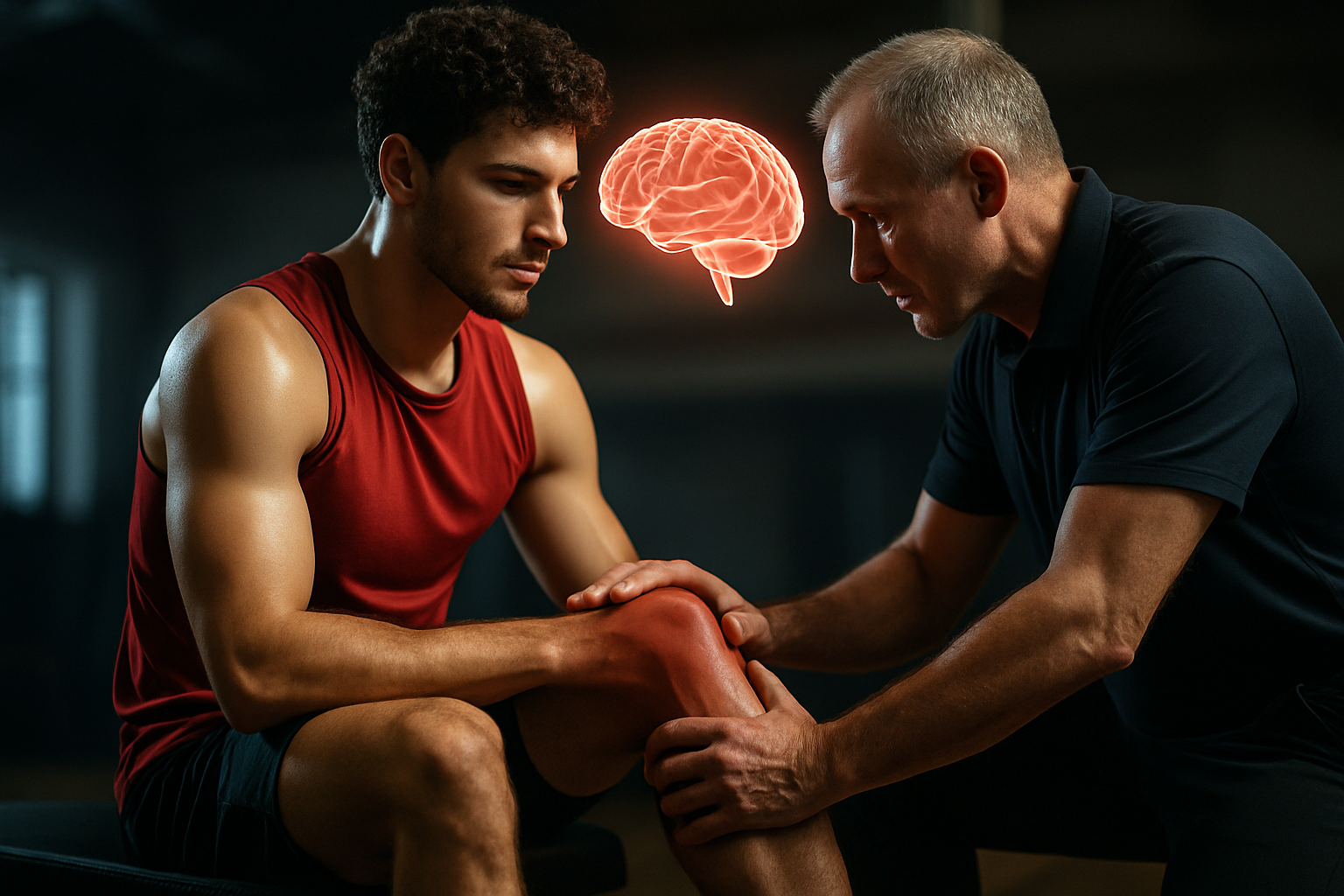Biomechanical Synergy: The Future of Personalized Movement Optimization
Have you ever wondered why some people seem to move with effortless grace while others struggle with basic motions? The answer may lie in the emerging field of biomechanical synergy, a cutting-edge approach that's revolutionizing how we understand and optimize human movement.

The Science Behind Biomechanical Synergy
Biomechanical synergy is rooted in the complex interplay between our musculoskeletal, nervous, and fascial systems. This interdisciplinary approach combines principles from biomechanics, neuroscience, and kinesiology to create a holistic understanding of human movement.
At its core, biomechanical synergy focuses on how different body parts work together to create smooth, efficient motion. Rather than isolating individual muscles or joints, this approach considers the entire kinetic chain – the interconnected system of muscles, bones, and connective tissues that work together to produce movement.
Research has shown that optimal movement patterns rely on the coordinated activation of multiple muscle groups, precise timing of neural signals, and the elastic properties of fascia. When these elements are in sync, we experience fluid, effortless motion. Conversely, when there’s a disruption in this synergy, we may experience pain, reduced performance, or increased risk of injury.
Personalized Movement Analysis: The Key to Unlocking Your Potential
One of the most exciting aspects of biomechanical synergy is its potential for personalized movement optimization. Advanced technologies like 3D motion capture, force plate analysis, and electromyography (EMG) allow experts to create detailed maps of an individual’s movement patterns.
These sophisticated tools can identify subtle imbalances, compensations, or inefficiencies that may not be visible to the naked eye. For example, a slight hip misalignment might lead to overcompensation in the knee, which could eventually cause lower back pain. By detecting these issues early, practitioners can develop targeted interventions to restore balance and improve overall movement quality.
Moreover, this personalized approach takes into account factors like an individual’s anatomy, injury history, and specific goals. Whether you’re an elite athlete looking to shave seconds off your race time or someone recovering from surgery, biomechanical synergy can provide tailored strategies for improvement.
Applications in Sports Performance and Injury Prevention
The world of sports has been quick to embrace the principles of biomechanical synergy. Teams and athletes across various disciplines are using this approach to gain a competitive edge and reduce the risk of injuries.
For instance, baseball pitchers are using biomechanical analysis to optimize their throwing mechanics, increasing velocity while minimizing stress on the shoulder and elbow. Golfers are fine-tuning their swings to generate more power with less strain on the lower back. Runners are learning to harness the elastic energy in their fascia to improve efficiency and reduce impact forces.
Beyond performance enhancement, biomechanical synergy is proving invaluable in injury prevention. By identifying movement patterns that put excessive stress on certain joints or tissues, practitioners can develop corrective exercises and techniques to distribute forces more evenly throughout the body.
Rethinking Rehabilitation: A Synergistic Approach
The field of rehabilitation is undergoing a transformation thanks to biomechanical synergy. Traditional approaches often focus on strengthening specific muscles or increasing the range of motion in isolated joints. While these methods can be effective, they sometimes fall short in addressing the complex interplay of systems involved in movement.
A synergistic approach to rehabilitation considers how an injury or dysfunction in one area can affect the entire kinetic chain. For example, treating a knee injury might involve not just strengthening the quadriceps and hamstrings, but also addressing hip stability, ankle mobility, and even core strength.
This holistic perspective often leads to faster recovery times and more comprehensive healing. Patients learn not just how to recover from their specific injury, but how to move more efficiently and resiliently in all aspects of their lives.
Integrating Biomechanical Synergy into Daily Life
The principles of biomechanical synergy aren’t just for athletes or those recovering from injuries. They can be applied to improve movement quality and reduce the risk of pain or injury in everyday activities.
Simple adjustments in posture, walking gait, or lifting techniques can have profound effects on overall well-being. By becoming more aware of how our bodies move and interact with our environment, we can make small changes that add up to significant improvements in comfort and function.
Many workplaces are now incorporating ergonomic assessments based on biomechanical synergy principles. This can help prevent common issues like back pain, carpal tunnel syndrome, and neck strain that often result from poor posture or repetitive motions.
Synergy Secrets: Unlocking Your Body’s Potential
- Practice mindful movement: Pay attention to how your body feels during different activities. This awareness can help you identify and correct inefficient movement patterns.
- Embrace variability: Engage in a diverse range of movements to challenge your body in different ways and promote adaptability.
- Focus on whole-body exercises: Incorporate exercises that involve multiple joints and muscle groups to enhance coordination and overall movement efficiency.
- Prioritize recovery: Adequate rest and recovery are essential for maintaining optimal biomechanical synergy. Include activities like stretching, foam rolling, and massage in your routine.
- Seek professional guidance: Consider working with a movement specialist or physical therapist trained in biomechanical analysis to identify and address your specific needs.
As we continue to unravel the complexities of human movement, biomechanical synergy stands at the forefront of a new era in health and wellness. By embracing this holistic, personalized approach, we can unlock our body’s full potential, move with greater ease and efficiency, and enjoy a higher quality of life. Whether you’re an athlete striving for peak performance or simply someone looking to move through life with less pain and more vitality, the principles of biomechanical synergy offer a path to optimized movement and enhanced well-being.




